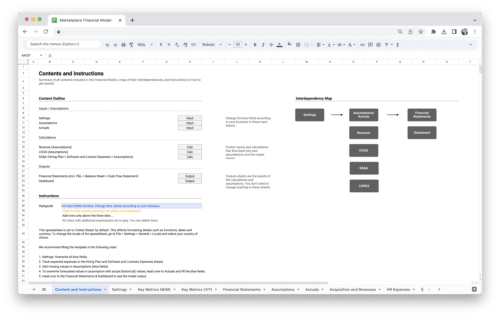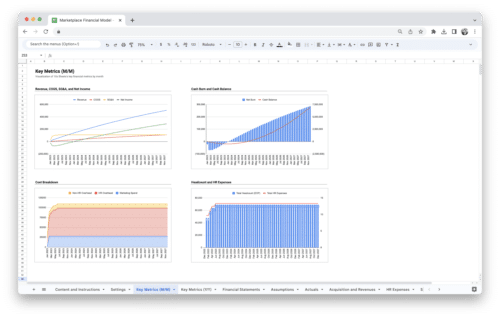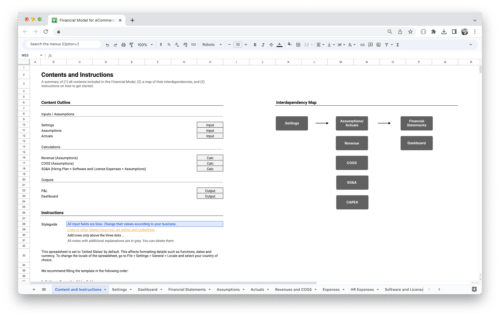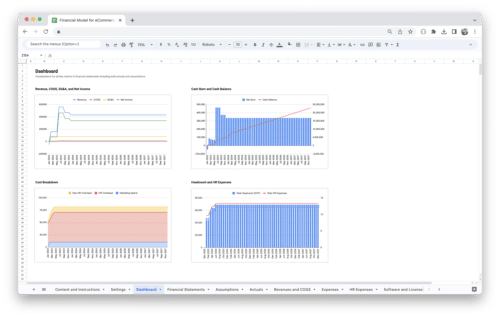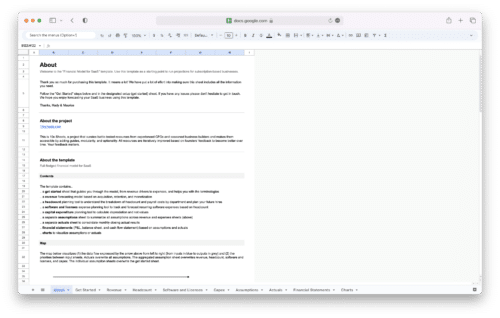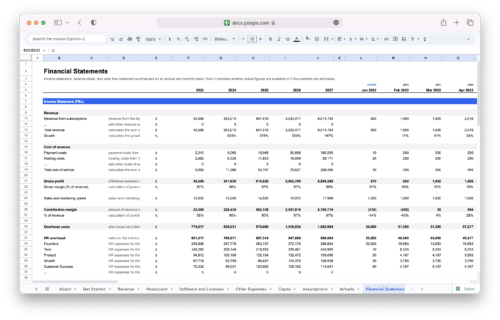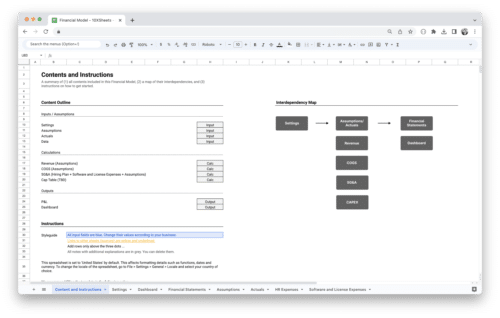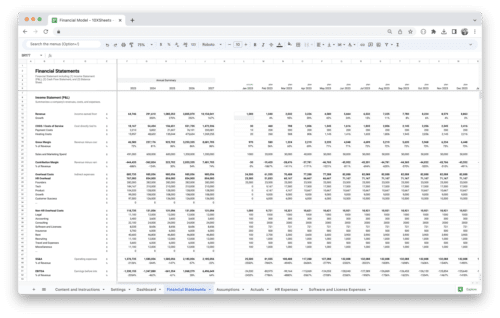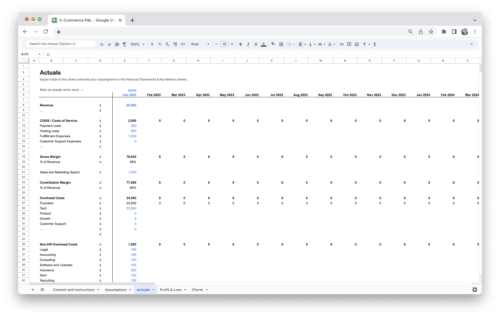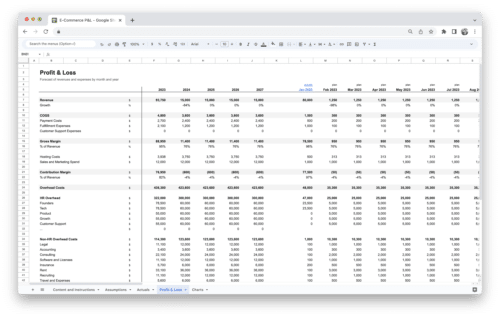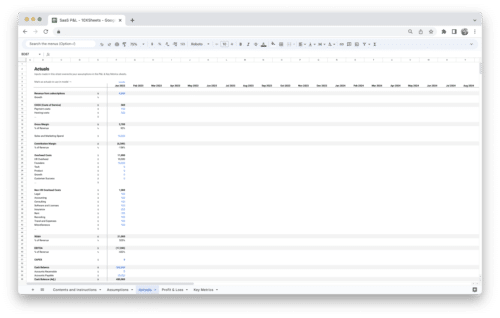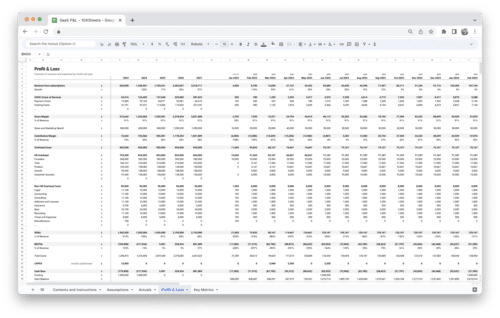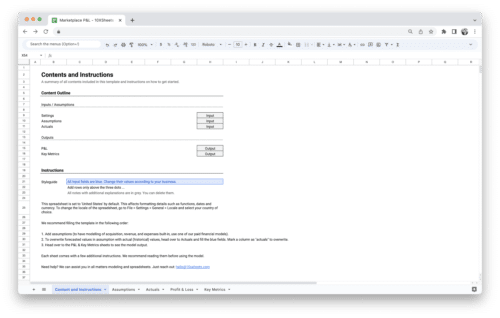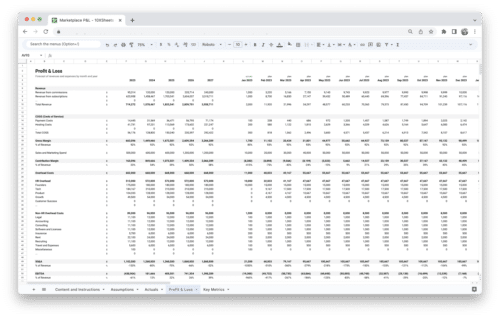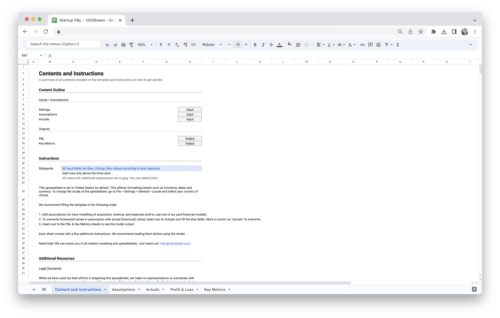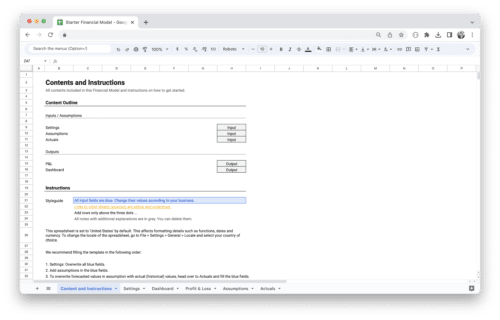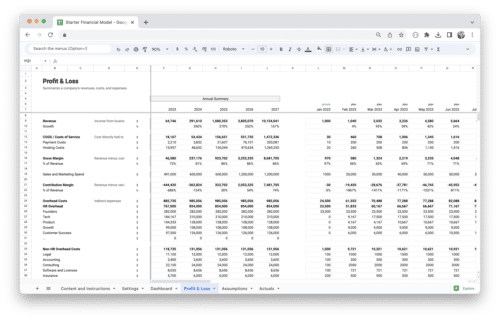- What is Portfolio Construction?
- Setting Financial Goals
- Understanding Asset Classes
- Building Blocks of Portfolio Construction
- Selecting Investments within Asset Classes
- Risk Management Strategies
- Tax Considerations in Portfolio Construction
- Investing for Specific Goals
- Investing in a Changing Economic Landscape
- Conclusion
In today’s complex financial landscape, constructing a well-optimized investment portfolio is crucial for achieving financial goals and maximizing returns. This guide will walk you through the key principles and strategies of portfolio construction. Whether you are a novice investor or looking to refine your existing portfolio, this guide will provide you with the knowledge and tools necessary to make informed investment decisions.
What is Portfolio Construction?
Portfolio construction refers to the process of strategically selecting and combining various assets, such as stocks, bonds, and cash equivalents, to create a diversified investment portfolio. The goal is to achieve a balance between risk and return that aligns with an investor’s financial objectives, risk tolerance, and time horizon. By carefully selecting assets and determining their allocation within the portfolio, investors aim to optimize their investment returns while managing risk effectively.
Setting Financial Goals
Before diving into portfolio construction, it’s essential to establish clear financial goals. By defining your objectives, risk tolerance, investment horizon, return expectations, and liquidity requirements, you can align your portfolio with your unique circumstances and aspirations. Consider the following steps:
- Defining short-term and long-term financial goals: Determine what you aim to achieve financially, whether it’s saving for retirement, buying a house, funding education, or any other objective.
- Identifying risk tolerance and investment horizon: Assess your comfort level with market fluctuations and determine the time horizon over which you plan to invest. This will influence the allocation of assets in your portfolio.
- Determining return expectations: Set realistic expectations for the returns you hope to achieve based on your investment strategy, risk tolerance, and market conditions.
- Assessing liquidity requirements: Evaluate your need for immediate access to funds and consider allocating a portion of your portfolio to highly liquid assets.
Understanding Asset Classes
Asset classes are the building blocks of a well-diversified portfolio. Understanding various asset classes’ characteristics, risk profiles, and potential returns is crucial for effective portfolio construction. Let’s explore the major asset classes and their considerations:
Stocks
Stocks represent ownership shares in publicly traded companies and offer the potential for long-term capital appreciation. When selecting stocks, consider the following:
- Types of stocks: Understand the distinctions between large-cap, small-cap, growth, and value stocks. Each category has unique risk and return characteristics.
- Fundamental analysis and valuation techniques: Learn how to analyze financial statements, assess company performance, and determine the intrinsic value of a stock.
- Strategies for stock selection: Consider different investment approaches such as dividend investing, growth investing, or value investing.
Bonds
Bonds are debt securities issued by governments, municipalities, and corporations. They provide income through regular interest payments. Consider the following when selecting bonds:
- Types of bonds: Familiarize yourself with different types of bonds, including government bonds, corporate bonds, and municipal bonds. Each type carries varying degrees of credit risk.
- Bond ratings and credit risk assessment: Understand credit rating agencies’ assessments of bond issuers’ creditworthiness and evaluate the associated risks.
- Yield curve analysis and interest rate risk: Analyze the yield curve to understand the relationship between bond maturities and interest rates. Assess the impact of interest rate changes on bond prices.
Alternative Investments
Alternative investments offer diversification beyond traditional asset classes, including real estate, commodities, hedge funds, private equity, and venture capital. Consider the following:
- Real estate investments: Explore opportunities in residential, commercial, or rental properties, and understand the potential risks and returns associated with real estate markets.
- Commodities: Consider investing in precious metals, energy, or agricultural products. Evaluate supply and demand dynamics and geopolitical factors influencing commodity prices.
- Hedge funds, private equity, and venture capital: Understand the characteristics, strategies, and risks associated with these alternative investment vehicles. Recognize the potential for higher returns and increased complexity.
Cash and Cash Equivalents
Cash and cash equivalents provide liquidity and stability to a portfolio. Common options include money market funds and short-term investments like treasury bills. Consider the following:
- Money market funds: Explore low-risk investments that provide stability and easy access to funds. Understand their potential returns and fees.
- Treasury bills and short-term investments: Consider the benefits of short-term government debt instruments in preserving capital and providing a safe haven during uncertain times.
Building Blocks of Portfolio Construction
Constructing an effective portfolio involves determining the optimal asset allocation, which refers to the distribution of investments across different asset classes. Let’s explore the fundamental building blocks of portfolio construction:
Importance of Asset Allocation
Asset allocation is widely recognized as a critical determinant of portfolio performance. By allocating assets strategically, you can manage risk, capture returns, and optimize your investment outcomes. Key considerations include:
- Strategic vs. tactical asset allocation: Understand the difference between long-term strategic asset allocation and shorter-term tactical asset allocation strategies.
- Modern Portfolio Theory (MPT): Familiarize yourself with MPT, emphasizing the importance of diversification and the relationship between risk and return.
- Factors influencing asset allocation decisions: Consider your age, risk appetite, investment goals, and market conditions when determining your asset allocation.
Selecting Investments within Asset Classes
Once you have determined the optimal asset allocation, selecting specific investments within each asset class is crucial. Let’s delve deeper into the considerations for each major asset class:
Equity Investments
When selecting equity investments, consider the following:
- Types of stocks: Differentiate between large-cap, small-cap, growth, and value stocks. Understand their historical performance, volatility, and market capitalization.
- Fundamental analysis and valuation techniques: Analyze financial statements, assess company performance metrics, and use valuation methods like price-to-earnings (P/E) ratio and discounted cash flow (DCF) analysis.
- Strategies for stock selection: Explore various investment approaches, such as dividend investing (selecting stocks with consistent dividend payments), growth investing (identifying companies with high growth potential), or value investing (identifying undervalued stocks).
Fixed-Income Investments
When selecting fixed-income investments, consider the following:
- Types of bonds: Understand the characteristics of government bonds, corporate bonds, and municipal bonds. Evaluate their credit ratings, interest rates, and maturity dates.
- Bond ratings and credit risk assessment: Learn about credit rating agencies and how they assign credit ratings to bonds. Assess the creditworthiness of bond issuers.
- Yield curve analysis and interest rate risk: Analyze the yield curve to understand the relationship between bond maturities and interest rates. Evaluate the impact of interest rate fluctuations on bond prices.
Alternative Investments
When considering alternative investments, focus on the following:
- Real estate investments: Evaluate the potential risks and returns associated with residential or commercial real estate. Analyze factors like location, rental demand, and property management.
- Commodities: Assess supply and demand dynamics, geopolitical factors, and macroeconomic trends influencing commodity prices. Understand the different ways to invest in commodities, including physical ownership, futures contracts, or exchange-traded funds (ETFs).
- Hedge funds, private equity, and venture capital: Understand the characteristics, strategies, and risks associated with these alternative investment vehicles. Consider factors like lock-up periods, management fees, and historical performance.
Cash and Cash Equivalents
When including cash and cash equivalents in your portfolio, consider:
- Money market funds: Understand the benefits and risks of investing in money market funds, including their stability, liquidity, and potential returns. Evaluate expense ratios and management fees.
- Treasury bills and short-term investments: Assess the safety and liquidity of short-term government debt instruments. Consider their suitability for short-term cash needs and as a risk-free component of your portfolio.
Risk Management Strategies
Effective portfolio construction involves managing and mitigating risks. Explore the following risk management strategies:
Importance of Risk Management
Risk management is crucial to protect your portfolio from adverse events and volatility. Consider the following:
- Diversification techniques: Diversify your portfolio by investing in different asset classes, geographic regions, and sectors. This helps reduce the impact of any single investment’s performance on the overall portfolio.
- Modern risk management tools: Understand how options, futures, and other derivatives can be used to hedge against specific risks in your portfolio.
- Incorporating insurance products: Evaluate the benefits of insurance products, such as life insurance, disability insurance, or long-term care insurance, to mitigate financial risks.
Portfolio Monitoring and Rebalancing
Regular monitoring and periodic rebalancing are crucial to maintain your desired asset allocation and optimize portfolio performance. Consider the following:
- Importance of regular portfolio review: Monitor your investments to assess their performance, identify any significant changes, and evaluate their alignment with your financial goals.
- Monitoring investment performance: Track the performance of individual investments, benchmark them against relevant market indices, and analyze their risk-adjusted returns.
- Rebalancing strategies: When your asset allocation deviates significantly from your target allocation, rebalance your portfolio by adjusting the weightings of various asset classes. This helps maintain your desired risk profile and investment objectives.
- Tax-efficient portfolio management: Consider tax implications when rebalancing your portfolio to minimize potential tax liabilities. Implement tax-loss harvesting strategies to offset capital gains with capital losses.
Tax Considerations in Portfolio Construction
Taxes can significantly impact investment returns. Consider the following tax considerations:
Impact of Taxes on Investment Returns
Understand how taxes can erode your investment returns. Consider the following:
- Tax-efficient investment strategies: Optimize your portfolio’s tax efficiency by considering asset location strategies (placing tax-efficient investments in taxable accounts and tax-inefficient investments in tax-advantaged accounts).
- Tax-loss harvesting: Use the strategy of selling investments at a loss to offset capital gains, thereby reducing taxable income.
- Capital gains and dividend taxation: Familiarize yourself with the different tax rates applied to short-term and long-term capital gains, as well as qualified dividends.
Tax Implications of Different Investment Vehicles
Different investment vehicles have varying tax implications. Consider the following:
- Exchange-Traded Funds (ETFs): Understand how ETFs can provide tax advantages through in-kind creation and redemption, which can minimize capital gains distributions.
- Mutual funds: Recognize the potential tax implications of mutual funds, such as capital gains distributions, and consider tax-efficient fund options.
- Individual stocks: Understand the tax treatment of dividends and capital gains when investing in individual stocks.
Investing for Specific Goals
Portfolio construction is influenced by specific financial goals. Explore the following considerations for common investment objectives:
Retirement Planning and Portfolio Construction
Retirement planning requires careful portfolio construction. Consider the following:
- Determining retirement income needs: Estimate your future expenses and income requirements during retirement.
- Long-term investment strategies: Choose investments with the potential for long-term growth and income generation.
- Asset allocation in retirement portfolios: Adjust your asset allocation as you approach retirement to preserve capital and manage risk.
Education Savings and College Planning
Saving for education expenses requires targeted portfolio construction. Consider the following:
- Time horizon and risk tolerance: Evaluate the time remaining until college expenses are due and determine your risk tolerance when constructing the portfolio.
- Tax-advantaged education savings accounts: Explore options such as 529 plans or Coverdell Education Savings Accounts (ESAs) to maximize tax benefits.
- Balancing growth and stability: Consider a balanced approach to asset allocation that combines growth-oriented investments with more stable options.
Estate Planning and Wealth Preservation
Estate planning involves preserving and transferring wealth. Consider the following:
- Intergenerational wealth transfer: Develop a plan to pass wealth to future generations.
- Tax-efficient estate planning: Explore strategies to minimize estate taxes, such as gifting, charitable giving, or establishing trusts.
- Asset protection: Consider investment options that offer protection against creditors or legal claims.
Charitable Giving and Impact Investing
Investors interested in making a positive impact can align their portfolios with their values. Consider the following:
- Identifying social and environmental goals: Determine the causes or issues you want to support through your investments.
- Impact investing strategies: Explore socially responsible investing (SRI) or Environmental, Social, and Governance (ESG) investing, which incorporate sustainability and ethical considerations into portfolio construction.
Investing in a Changing Economic Landscape
Investing successfully requires adapting to changing economic conditions. Consider the following strategies:
Adapting to Different Market Cycles
Different market cycles require adjustments to your portfolio. Consider the following:
- Cyclical vs. defensive investments: Understand the performance of different sectors and asset classes during different economic cycles.
- Market timing considerations: Evaluate the challenges and risks associated with market timing. Focus on long-term investment strategies rather than attempting to time short-term market movements.
Navigating Economic Trends and Geopolitical Risks
Economic trends and geopolitical risks can impact portfolio performance. Consider the following:
- Global economic factors: Monitor macroeconomic indicators, such as GDP growth, inflation, interest rates, and unemployment rates, to inform your investment decisions.
- Geopolitical considerations: Stay informed about geopolitical events and risks, such as trade disputes, political instability, or regulatory changes, and assess their potential impact on your portfolio.
Incorporating ESG Factors
Environmental, Social, and Governance (ESG) factors have gained prominence in investment decisions. Consider the following:
- ESG integration: When selecting investments, evaluate companies based on their environmental practices, social impact, and governance structure.
- Sustainable investing approaches: Explore strategies such as impact investing, socially responsible investing (SRI), or thematic investing that align with your ESG preferences.
Strategies for Managing Market Volatility and Downturns
Volatility and market downturns require effective risk management. Consider the following:
- Maintaining a long-term perspective: Focus on your investment goals and avoid making impulsive decisions based on short-term market movements.
- Dollar-cost averaging: Consider regular investment contributions to take advantage of market fluctuations and reduce the impact of market timing.
- Reassessing risk tolerance: During periods of high market volatility, reevaluate your risk tolerance to ensure it aligns with your emotional comfort level.
Conclusion
Constructing a well-optimized investment portfolio is a dynamic and ongoing process that requires careful consideration of financial goals, risk tolerance, asset allocation, and investment selection. By following the principles and strategies outlined in this comprehensive guide, you’ll be well-equipped to make informed decisions and optimize your investments. Remember, it’s always advisable to seek professional advice when necessary to ensure your portfolio aligns with your unique circumstances and objectives.
Get Started With a Prebuilt Template!
Looking to streamline your business financial modeling process with a prebuilt customizable template? Say goodbye to the hassle of building a financial model from scratch and get started right away with one of our premium templates.
- Save time with no need to create a financial model from scratch.
- Reduce errors with prebuilt formulas and calculations.
- Customize to your needs by adding/deleting sections and adjusting formulas.
- Automatically calculate key metrics for valuable insights.
- Make informed decisions about your strategy and goals with a clear picture of your business performance and financial health.

